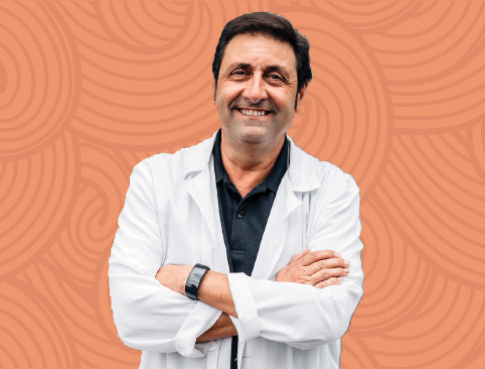Anthropogenic greenhouse gas emissions are one of the biggest drivers of global climate change, which has increased the planet’s average temperature by about one degree Celsius above preindustrial levels. Though we know various gases trap heat in the atmosphere, carbon dioxide (CO2) is the worst offender. Primarily produced by human activity, CO2 accounts for approximately 76% of the greenhouse gases emitted globally.
Industrial hemp has emerged as a promising solution thanks to its carbon-capturing and storage capacities, high biomass (used for fuel) yield, and versatile material products. Hemp (or industrial hemp) is a variety of the Cannabis sativa plant that contains very low amounts of the psychoactive compound THC (tetrahydrocannabinol). Due to its low level of psychoactive THC, hemp was removed from the Schedule I controlled substance list in 2018, making it legal to grow and use for industrial applications.
Hemp vs. Trees: Carbon Capturing Power
All plants have the ability to sequester carbon through the process of photosynthesis. Through this process, plants take carbon into their leaves as CO2 — converting it into glucose and oxygen molecules. Plants use the glucose produced through this process as their primary source of energy for growth and metabolism. Glucose sugars are also vital to the repair or building of cell walls. The plant’s tissues, roots, stems, wood, and seeds store surplus glucose as starch.
When it comes to carbon sequestering no one does it better than hemp. Hemp can absorb more than twice the amount of carbon dioxide that the average tree can. Industrial hemp farms are reported to absorb between 8 to 15 tons of carbon dioxide per hectare (2.5 acres) annually. Forests, in comparison, typically capture 2 to 6 tons of carbon dioxide per hectare per year. To top it all off, the production of hemp is carbon-negative, which means it absorbs more carbon during its lifetime than is emitted by its harvest process, and transportation.
Why You Should Get Your Medical Marijuana Card
Veriheal has satisfied millions of patients nationwide by giving them access to these benefits
- Larger purchase limits
- Peace of mind
- Enhanced legal protection
- Access to higher potency strains
- Save up to 25% on cannabis purchases
- Skip the line at the dispensary
However, these figures alone do not paint the whole picture. Thanks to their carbon-rich wood, their size, and long life spans — trees are still considered the optimal carbon capturers of the plant world. Wood, primarily comprised of carbon, allows trees to consume and hold onto large amounts of carbon. Their long life spans allow trees to hold on to this carbon for decades if not centuries. Even after a tree dies, the carbon trapped in the wood takes a while time to re-enter the atmosphere.
In contrast, hemp’s rapid growth rate gives it the edge when it comes to CO2 conversion. While trees have incredible carbon storage capacity, their CO2 absorption rate falls off as they age. Hemp crops meanwhile, grow quickly and can harvest and replant up to twice per year. Though hemp is not the only plant with a rapid growth rate, its rigid woody stem means it soaks up more CO2 than its competitors in order to maintain its structure.
The Diverse Applications of Hemp Fibers
Hemp crops can be used for everything from extracting CBD (cannabidiol) oil to manufacturing clothing, food, and paper. Products made from hemp permanently imprison CO2 within their fibers. Hemp plants contain two main types of fibers: bast fibers, which are the outer bark layer’s durable fibers that extend along the length of the plant’s stem, and hurd fibers, which are shorter fibers found in the stem’s internal woody core.
In recent years, researchers have uncovered new and exciting uses for hemp. Car manufacturer BMW is considering the use of hemp-derived bioplastics to produce its car parts. In the construction world, hemp-derived insulation, fiberboard, building blocks, and hemp concrete manufacturers are looking to turn the industry green.
Want to contribute to the fight against climate change? Get yourself an MMJ card and start growing some hemp today!
Author, Share & Comments
















